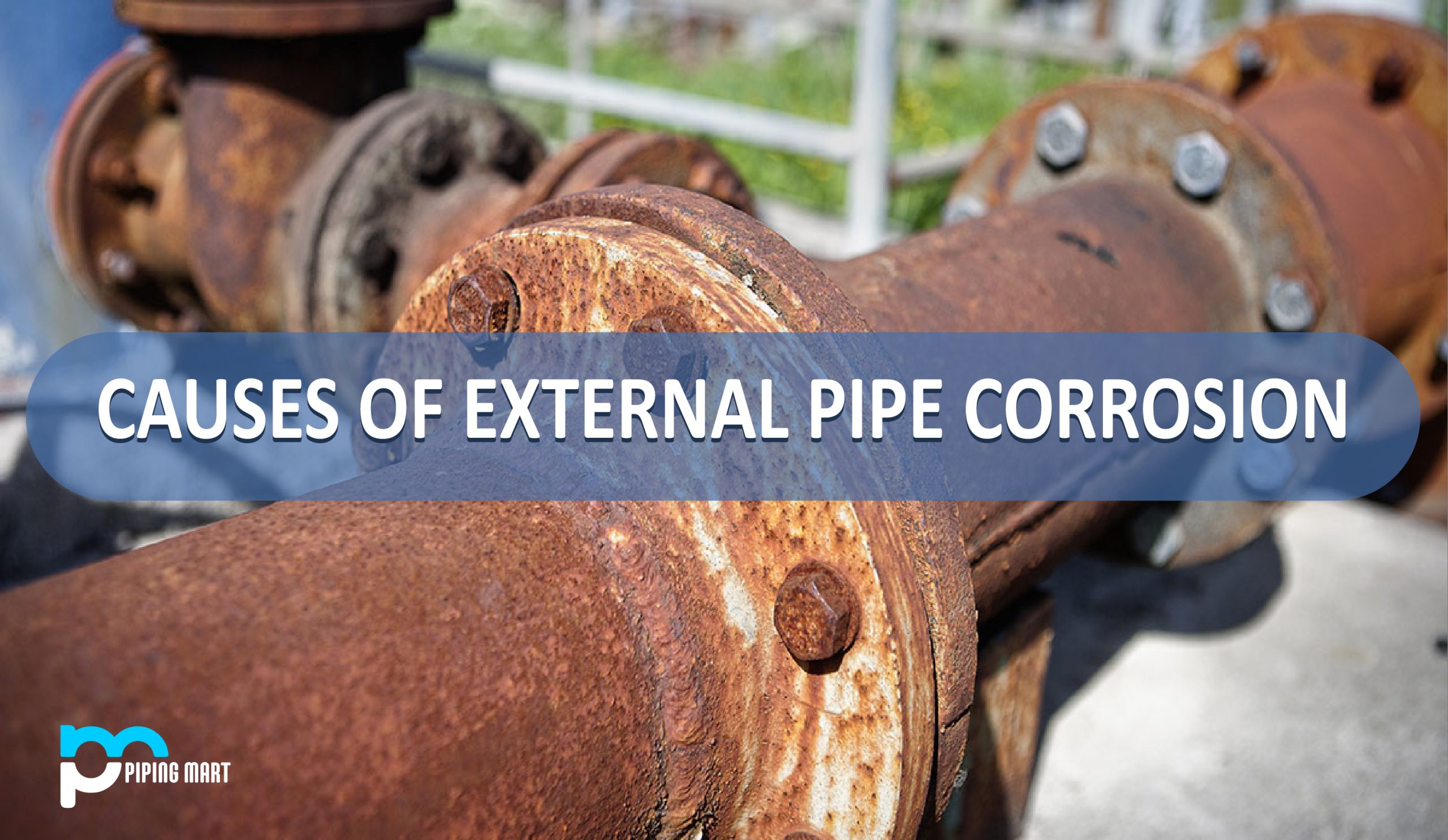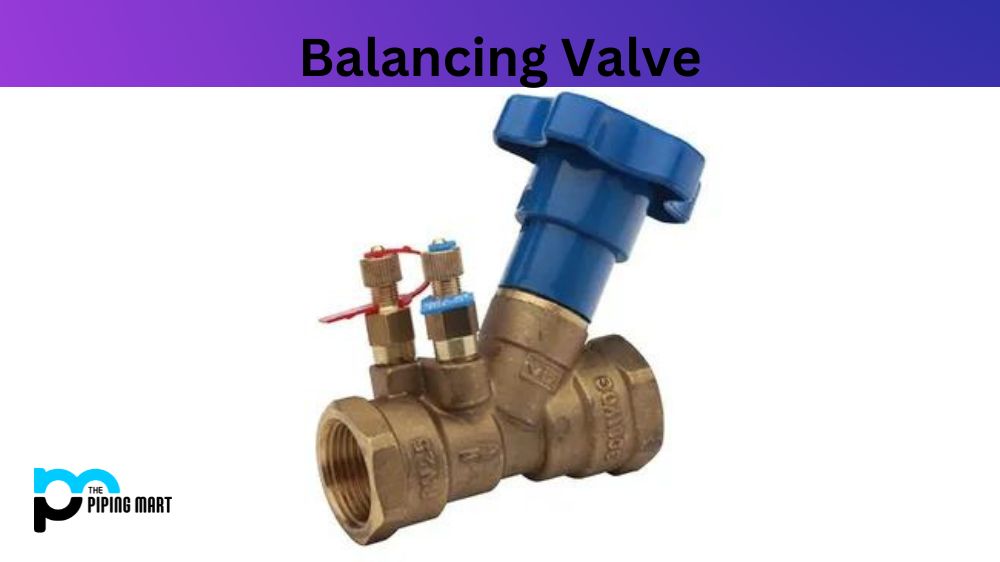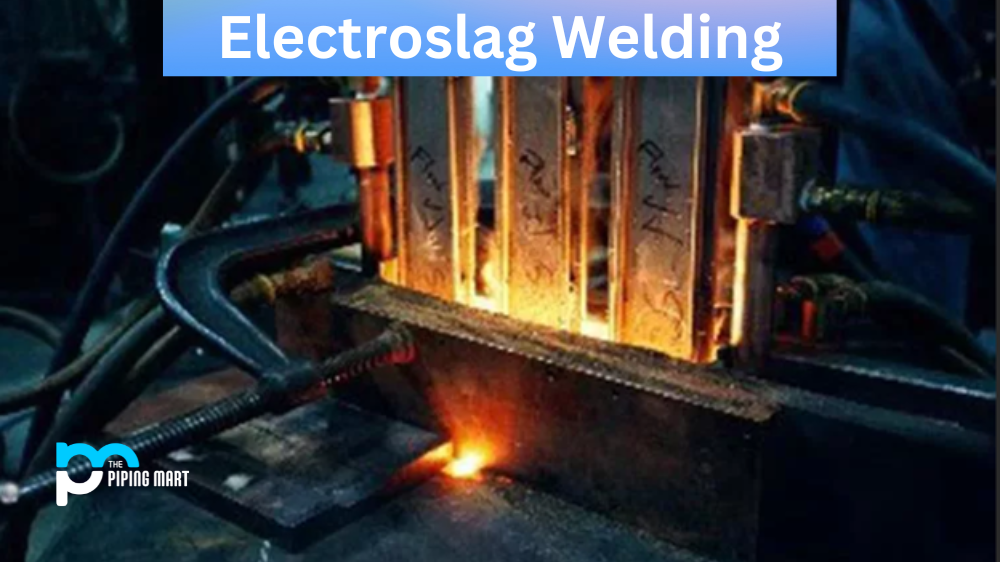What are the various causes of External Pipe Corrosion?
- Weather damage
- Environmental conditions
- Stray current
- Insulation problems
- Contact with other metals
- Microorganisms
- Seamed pipe
Do you have any idea why your pipes are rusting from the outside? There are several reasons why this may happen since these materials are exposed to a variety of external substances. Inferior pipe material, poor installation, environmental factors, and biology are all factors. Continue reading to learn about the reasons for external pipe corrosion!
Weather Damage
Rainstorms, exceptionally high temperatures, or an earthquake can all cause your pipes to burst. Aside from these factors, the weather change can also lead to external pipe corrosion. This is especially true if the pipe is installed outdoors. Although this takes a long time, it might be speeded up by poor maintenance of pipelines.
Fog, dew, rain, or humidity in the surroundings cause atmospheric corrosion. Temperature and air pressure in the surrounding environment can both have an impact on the corrosion process. The higher the temperature of the atmosphere, the greater the corrosive action. Find techniques to reduce condensation to safeguard your pipes from atmospheric corrosion. Corrosion inhibitors and protective coatings can also be used.
Environmental Conditions
Aside from weather conditions, the environment in which the pipes are installed also plays a role in external pipe corrosion. This issue frequently happens when pipes are installed in soil, saltwater, or near marine areas.
A pipe situated in the sea, for example, is exposed to seawater. The substances in the water corrode the pipes outside layer, progressively eroding the metal and degrading it. Fortunately, pipelining and coating methods exist to ensure that the salt in the water does not cause corrosion.
Stray Current
Pipes installed underground may corrode if there is a stray current flowing in the ground. This has an impact on the pipes’ service life and safety. This can also corrode other underground metallic constructions such as tunnels, storage tanks, and so on. Electrical welding machines, grounded DC electrical sources, and similar devices are examples of stray current sources.
To avoid stray current corrosion, the location of the current must first be identified. Inspect and maintain electrical connections and insulation to prevent current leakage.
Insulation Problems
Insulation can act as an efficient shield against humidity in cold water pipes. However, improper materials might fail, resulting in condensed area humidity and external pipe corrosion. Because it is hidden from view, the issue can continue for years and eventually impact the overall piping system.
If you discover that the insulation is moist, it might indicate that there is an issue with your pipes. If you notice this issue quickly enough, you may still be able to rectify the damage. It is recommended that you replace your insulation with moisture-resistant materials.
Contact with Other Metals
Galvanic corrosion, also known as bimetallic corrosion, happens when two types of metals are connected and submerged in a corrosive solution. One metal corrodes fast, whilst the other is resistant or undamaged. This might happen when you use a valve or connection made of different metals.
To avoid galvanic corrosion, use metallic materials with equivalent corrosion potentials. Use a spacer or add insulation to either end to break the connection. Furthermore, it is recommended that coatings be applied to both pipes.
Microorganisms
Pipeline corrosion can also be caused by microorganisms such as bacteria and fungi. While they may not directly cause serious damage, they can speed up and shift corrosion processes. Their byproducts can cause under-deposit, pitting, or crevice corrosion in metals. Their influence is often seen in pipelines exposed to soil, saltwater, groundwater, crude oil, industrial chemicals, and sewerage. As a result, corrosion caused by microorganisms affects a wide range of sectors.
Maintenance, chemical treatment, and the application of external coatings can all help to reduce this sort of corrosion. Certain materials are not sensitive to microbiologically caused corrosion. Therefore, piping material selection is also crucial.
Seamed Pipe
Seamed pipes, as compared to seamless pipes, are more vulnerable to pipe corrosion due to poorly constructed and inadequate seams. This is the stage at which bacteria and rust can accelerate the corrosion process. It’s also known as selective seam weld corrosion (SSWC). This is frequent, particularly in old pipes made several years ago.
Fortunately, pipe manufacturers have shifted to improved welding techniques, which has increased weld zone quality. This reduces the pipe’s susceptibility to SSWC.

Pipingmart is B2B portal specializes in industrial, metal and piping products. Also, share latest information and news related to products, materials and different types grades to help business dealing in this industry.




